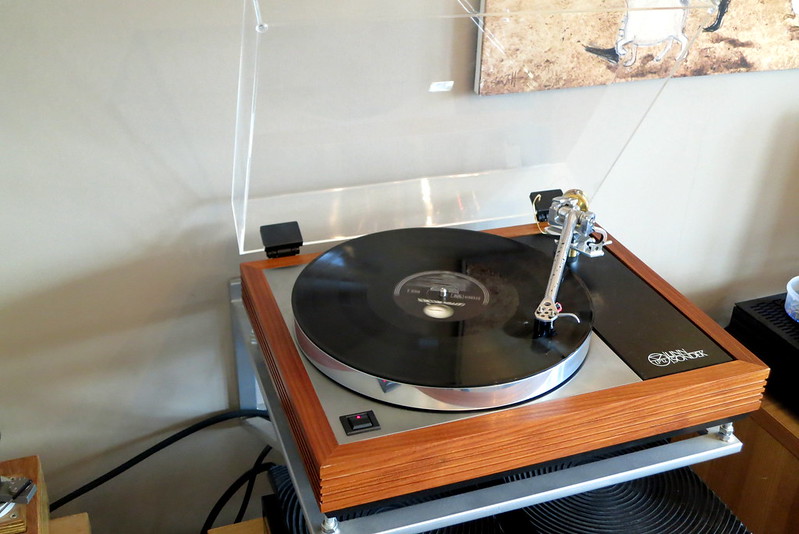actually there is no black art these tonearms,it all rather simple when when you look at the parts,the hard bit is adjusting the bearings.
Yes, I understand that, but I was just curious as to why you had to strip it down after it had already been rebuilt by Origami?
That's a beautiful 88. I had a 99 in a slate plinth and it was a wonderful deck.
Yes, they are very much the undiscovered treasure. I bought mine from a jumble sale many moons ago, complete with a Neat arm, for the princely sum of £1. It sat up in the shed for years! It was extremely noisy, but this was because some of the Lencos had hard idlers rather than the later rubber ones.
I completely refurbished it, fitted new bearing liners, replaced the idler, and had the chassis and platter re-painted by our local powder coaters for £12! I sourced the slate from an eBay trader, but it was rubbish to be honest when I received it and it took a lot of work to get it looking as it does now. I designed the Aluminium base, and an ex-colleague made it for me, and he did an excellent job!
Sound wise, it took a bit of work; experimentation with various materials between the slate and the Aluminium, eventually settling on cork & experiments with the platter mat, eventually settling on a glass mat topped by the Spotmat, which I made from a design on Lenco Heaven; not pretty (as Tony L said!), but it works well on this deck.
The next stage, will be building one of the NSC’s (Nigel’s Speed Controller – again, a Lenco Heaven design).
Regarding the arm, the exercise actually was more to do with improving the LP12 I have in the office system. I bought a Rega mount Kore sub-chassis a while back & needed a boost to the sound quality, but was limited to the old style Rega mount arms. I was going to buy another Audiomods arm, but this thread whetted my appetite for a Zeta and then, as if by magic, one appeared on eBay! This released the Audiomods Classic for the Linn; I’ve mounted it, but not had time to try it yet, it does look rather nice though – I’ll take a photo later.





 LP12
LP12 LP12-4
LP12-4